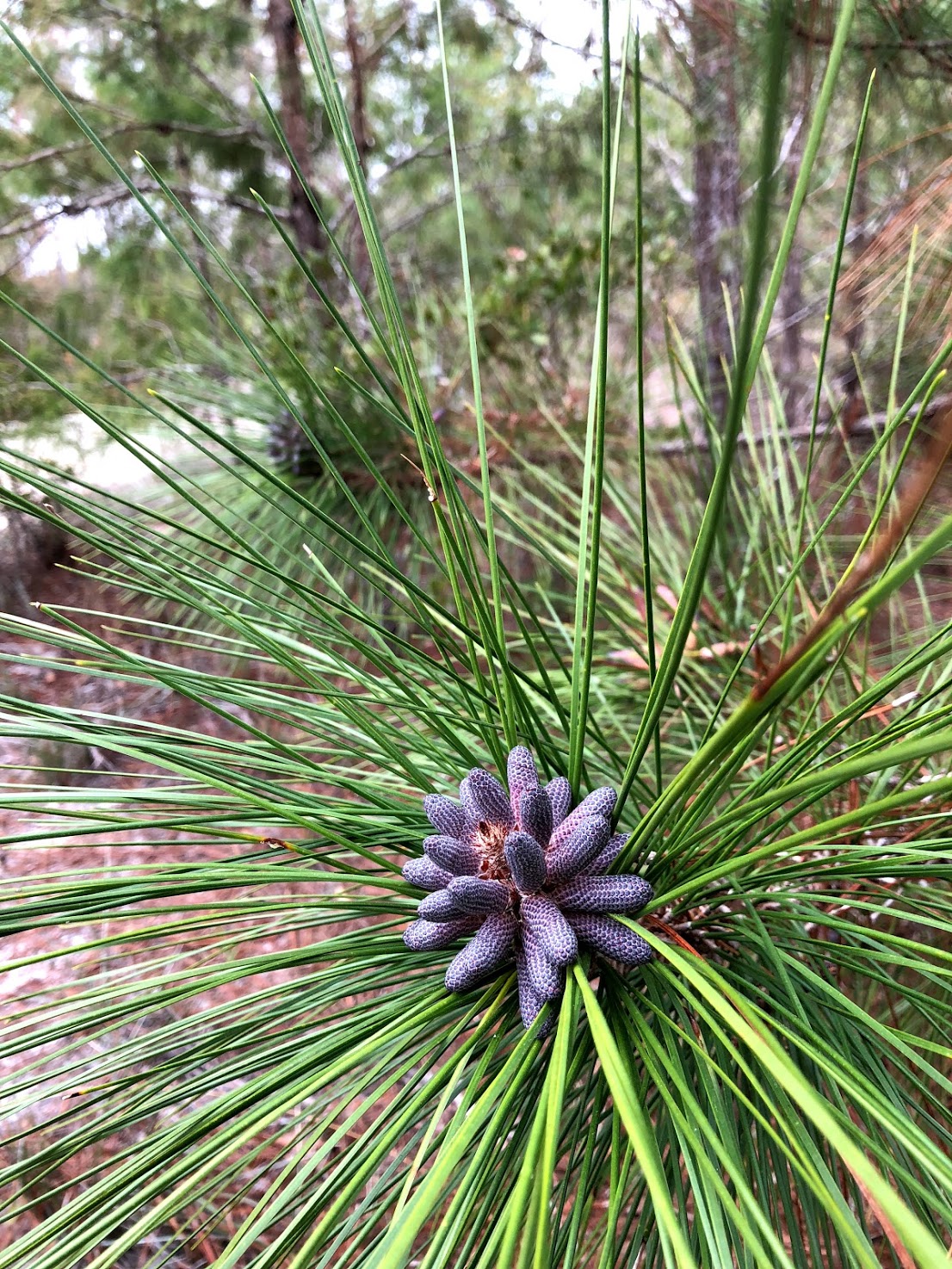My current favorite pesto recipe! We have some pretty garlic chives and Italian parsley in stock. The weather is changing and gives inspiration to try new things.
-Norma
Ingredients
1 hearty bunch of garlic chives
1 good handful of parsley
¼ cup cashews
¼ to ½ cup olive oil, depending on the consistency you like
Juice of ½ lemon
¼ cup parmesan or romano cheese or nutritional yeast to keep it vegan
Pinch or two of salt
Method
Throw it all in the food processor and enjoy. If you want it really garlicky, add a clove
of garlic.






